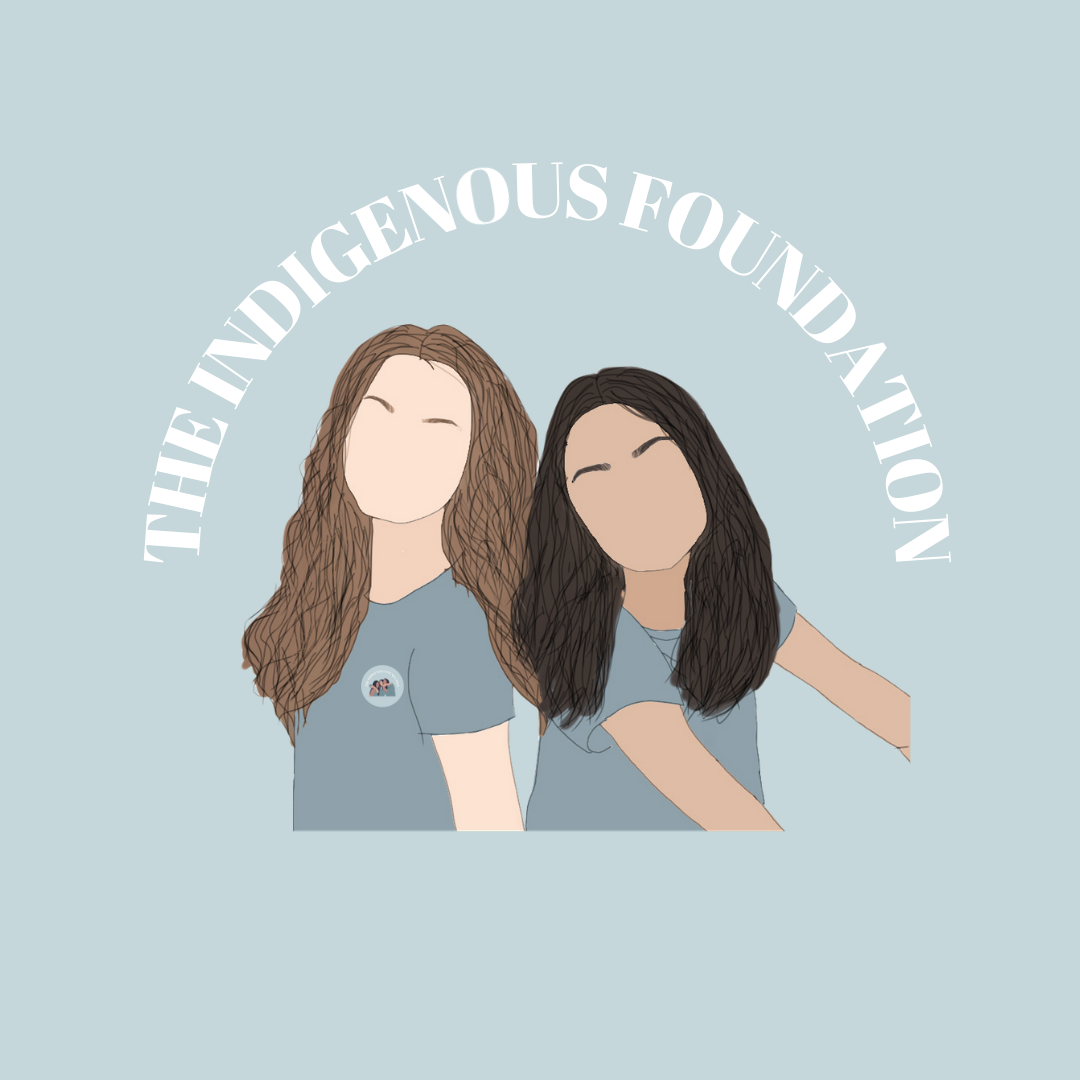The Significance of Reservation Dogs and Indigenous Representation
TW: Depression, Suicide, Loss, Grief
About Reservation Dogs:
Reservation Dogs is a coming-of-age comedy series created and produced by Taika Watiti and Sterlin Harjo. It presents four Indigenous teenagers who want to leave their home in Okern, Oklahoma, and head out west to California.
With the show’s popularity, charming cast members, and episodes that showcase the hardships, but love and pride, that come with being Indigenous, Reservation Dogs has left an impression on many of those who have watched it, but why does it resonate so deeply with Indigenous people?
To start off, it tells Indigenous stories, written by Indigenous writers, and is shown with Indigenous people. Indigenous people are obviously a big part of the show, as they are the main characters and they comprise every department. There are references to Muskogee legends and myths, (with episode five focusing on “The Deer Lady,” and Owl eyes being censored in the third episode.) It incorporates the slang and quick-witted humour found in many Native communities across Turtle Island.
With this, there is also a huge lack of Indigenous representation in books, music, and overall pop culture. According to UCLA’s 2020 Film Inclusion Report, Indigenous people had 0.6% of all film roles in 2019, and 0.5% of roles the year before that. It also finds that Native people only accounted for 1.1% of lead roles during that time.
However, lack of representation isn’t only in pop culture: CNN referred to Indigenous people as “Something else” in their poll for the 2020 election.
The cast recently made their debut at the 73rd Emmy Awards as presenters. Before they introduced the nominees for one of the categories, they gave a speech about being Indigenous, and the hopes that Native representation will continue and become mainstream.
“Like life, TV is at its best when we all have a voice.” Says Paulina Alexis, the actress who plays Willie Jack
Though episodes of Reservation Dogs are filled with light-heartedness, it is also filled with grief. During, and at the end, of the first episode, we see the Rez Dogs mention their friend, Daniel, who has passed due to suicide. The group is still in the heart of grief, as they host a memorial for Daniel on the first anniversary of his death. Since his passing, they feel as if their hometown kills people, and try to leave before it kills them as well.
Many Indigenous communities struggle with depression, suicide, loss, and grief. In 2016, Attawapiskat First Nation declared a state of emergency after eleven people attempted suicide in one day on April 9, 2016. Over one-hundred people attempted suicide between September 2015 and April 2016. One person passed from these attempts. There are many factors for suicide and depression on reserves, such as lack of clean drinking water, overcrowded homes, alcoholism, emotional and physical abuse, and colonialism, which has caused loss of language, loss of traditions, loss of family connections…
Lack of Afro-Indigenous representation:
Though Reservation Dogs has given many Indigenous people representation, not everyone has been considered. Critiques surrounding the show have opened up conversations such as Afro-Indigeneity and Anti-Blackness in Native communities due to the complete lack of Afro-Indigenous characters. For a show set in Oklahoma, where many Afro-Indigenous people live, many have been wondering where they fit into a series like this, and when and where they will see themselves represented. The show is renewed for a second season, and it is hoped they will include more Afro-Indigenous characters and address this lack of representation.
Reservation Dogs is a well-written story about life as a young Indigenous person, and the internal and external barriers that many struggle with. As pop culture and media begin to evolve, and take steps for inclusion and representation, there is hope for a future where Indigenous people can see themselves everywhere they look.
If you or someone you know has been dealing with suicidal thoughts/ideation and/or depression, help is available.
Kids Help Phone: 1-800-688-6868
Canada Suicide Prevention Service: 833-456-4566
https://www.canada.ca/en/public-health/services/suicide-prevention/warning-signs.html
United States National Suicide and Crisis Hotlines:
1-800-Suicide(784-2433)
1-800-273-Talk(8255)
https://www.nimh.nih.gov/health/topics/suicide-prevention
Sources:
Diversity Of Film Casts “Skyrocketed” In 2020, UCLA Film Inclusion Report Finds. (2021, April 22). Www.Deadline.Com. https://deadline.com/2021/04/movie-diversity-report-women-people-of-color-made-tremendous-progress-in-2020-1234741452/
Wikipedia. (n.d.). Attawapiskat First Nation. En.Wikipedia.Org. Retrieved September 24, 2021, from https://en.wikipedia.org/wiki/Attawapiskat_First_Nation#2016_suicide_crisis
CBC News. (2016, December 5). Psychologist says northern Sask. suicides a result of colonization, not mental illness. Cbc.Ca. https://www.cbc.ca/news/canada/saskatoon/northern-sask-suicide-gathering-1.3881652
Statistics Canada. (2019, June 28). Suicide among First Nations people, Métis and Inuit (2011–2016): Findings from the 2011 Canadian Census Health and Environment Cohort (CanCHEC). Www.150.Statcan.Gc.Ca. https://www150.statcan.gc.ca/n1/pub/99-011-x/99-011-x2019001-eng.htm

